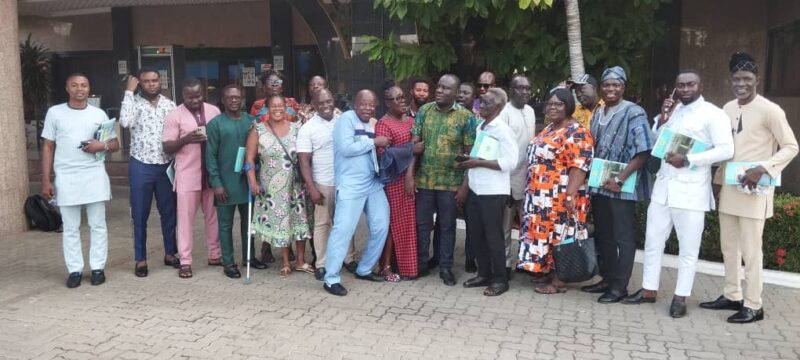- Satellite imagery shows Iranian oil tankers at country’s major terminal disappearing amid fears of Israeli counterattack
- CVS is under pressure and considering a breakup. Here's why that could be risky
- Here are the pros and cons of renting versus owning a home in those retirement years
- U.S. job creation roared higher in September as payrolls surged by 254,000
- Here's where the jobs are for September 2024 — in one chart
What do you believe is the single most important factor driving up the cost of living in Nigeria?

Scientists restore performance of quantum dot solar cells using short ligands to reduce surface defects
Researchers have developed a new method to improve both the performance and the stability of solar cells using "perovskite quantum dots." They developed longer-lasting solar cells by addressing the issue of distortions on the surface of quantum dots, which deteriorate the performance of solar cells.
Professor Jongmin Choi's team from the Department of Energy Science and Engineering at DGIST conducted the research with Materials Engineering and Convergence Technology Professor Tae Kyung Lee from Gyeongsang National University and Applied Chemistry Professor Younghoon Kim from Kookmin University.
The findings were published in the Chemical Engineering Journal on September 15, 2024.
Perovskite quantum dots are critical materials for next-generation solar cells. They have excellent light-to-electricity conversion capabilities and are easy to mass-produce. However, to utilize them in solar cells, the "ligands" attached to the quantum dot surface must be replaced. This process often leads to distortions of the quantum dot surface, resembling crumpled paper, which results in decreased performance and shorter lifespans for the solar cells.
To address this issue, Professor Jongmin Choi's team newly adopted short ligands that securely hold the quantum dots from both sides, effectively uncrumpling the distorted surface.



- October 3, 2024
Morocco mobile desalination units quench remote areas' thirst

- October 1, 2024
Researcher wants to ensure AI doesn't ruin the environment


- October 4, 2024
UK announces £22bn for carbon capture projects


- October 1, 2024
New cooling system works on gravity instead of electricity

- September 30, 2024
Britain's last coal-fired power station closes
Subscribe to our mailing list to get the new updates!

Subscribe our newsletter to stay updated
Thank you for subscribing!





